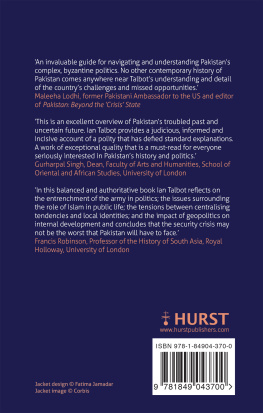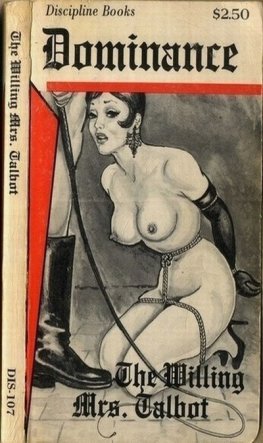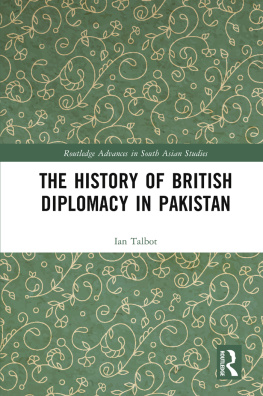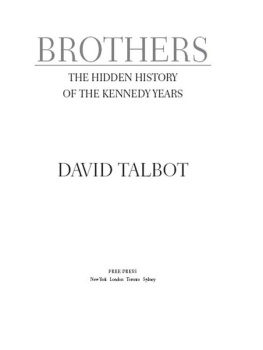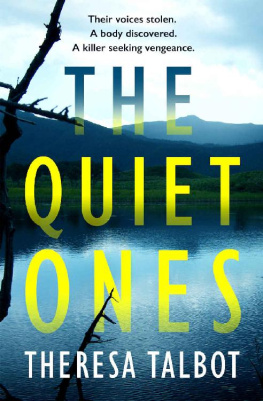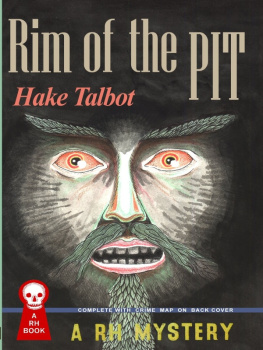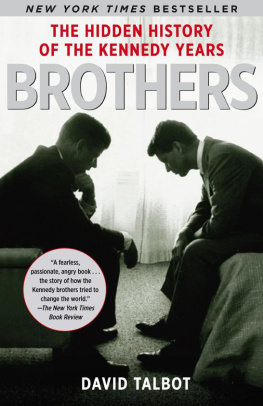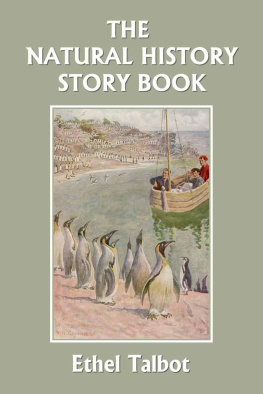Table of Contents

PAKISTAN
IAN TALBOT
Pakistan
A New History

HURST & COMPANY, LONDON
First published in the United Kingdom in 2012 by
C. Hurst & Co. (Publishers) Ltd.,
41 Great Russell Street, London, WC1B 3PL
Ian Talbot, 2015
This paperback edition, 2015
All rights reserved.
Printed in India
The right of Ian Talbot to be identified as the author of this publication is asserted by them in accordance with the Copyright, Designs and Patents Act, 1988.
A Cataloguing-in-Publication data record for this book is available from the British Library.
ISBN: 978-1-84904-370-0
This book is printed using paper from registered sustainable and managed sources.
www.hurstpublishers.com
For
Lois and Martin
CONTENTS
Epilogue: Future Long-term Challenges, Prospects
and Possibilities
PREFACE AND ACKNOWLEDGEMENTS
It is now sixteen years since I completed my first text on the history of Pakistan. The original version published by Hurst (Pakistan: A Modern History) has since been revised and appeared in a second edition. It concluded that further polarisation and instability could only be avoided by the genuine political participation of previously marginalised groups such as women, the minorities and the rural and urban poor. This would not only redeem the failed promise of 1947, but also provide hope that Pakistan can effectively tackle the immense economic, social and environmental challenges of the next century. Now a decade and a half into that century, while some of the dramatis personae have changed, most tragically through the passing of Benazir Bhutto, the structural problems of governance and the economy that I highlighted in my narrative not only remain unaddressed but persist in a more critical form.
The current volume is reflective of Pakistans mounting problems. My regard for the country and my friendships with many Pakistanis have made it sometimes painful to lay these bare. They cannot however be denied, if all that is good in the country, the generosity and hospitality of its people, the dynamism of the young, are to survive an uncertain future. This book seeks to look beyond the headlines and to uncover the continuities and contingencies that have shaped Pakistans historical travails. It is intended as a work of interpretation and reflection which builds on the earlier narrative account I laid down. It is this as much as its updating that constitutes its newness. The aim is to highlight major turning points and trends during the past six decades. In particular there is emphasis on the increasing entrenchment of the army in Pakistans politics and economy; the issues surrounding the role of Islam in public life; the tensions between centralising tendencies and local identities and democratic urges; and the impact of geo-political influences on internal development. While this is a study in failurefailure of governance, political and economic development, and most of all of the hopes vested in the project of a separate Muslim homelandthe text attempts to reveal that this was not pre-ordained. Such a fatalistic interpretation does not do justice to the complexities of historical developments, individual actors and the states own possibilities. This understanding offers the comfort that, while acknowledging that Pakistans gravest crises may lie ahead, there still remain opportunities for a reappraisal of priorities and a reform of institutions which could yet enable the state not just to muddle through, but to achieve political and economic sustainability.
The work reflects my own understanding of Pakistans history, which has developed over many years of scholarly engagement. It has been influenced not only by the extensive sources cited in this volume, but as a result of numerous formal and informal academic exchanges. Not all of the following will agree with my line of reasoning in its entirety, but I nevertheless wish publicly to acknowledge their contributions to my assessment: Professor Iftikhar Malik, Professor Yunas Samad, Professor Mohammad Waseem, Professor Imran Ali, Professor Gurharpal Singh, Professor Francis Robinson, Dr Farzana Shaikh.
Finally, I am grateful to Michael Dwyer for encouraging me to write this volume, amidst the responsibilities of running a major History Department. This new and updated version includes an additional chapter that traces the fast paced and complex developments since 2011. Any errors of fact or omission are my responsibility alone.
IAN TALBOT
Southampton, September 2014
GLOSSARY
abadkar | settler |
abaya | traditional over-garment worn by women in parts of the Islamic world |
alim | a religious scholar (pl. ulema) |
amir | commander, chief |
biraderi | kinship group |
dacoit | bandit |
dawa | call (to Islam) |
diya | compensation for murder or injury paid by the guilty party |
fatwa | ruling of religious law |
fiqh | Islamic jurisprudence |
hadith | recorded saying or story of the Prophet |
hartal | strike |
hawala | informal money transfer based on trust |
hudood | Islamic penal code |
ijtehad | independent judgement, reasoning |
ijma | consensus |
izzat | honour |
jihad | struggle for the sake of Islam (lesser jihad alone traditionally refers to armed struggle) |
jirga | tribal council |
kafir | unbeliever, non-Muslim |
lascar | sailor |
lashkar | army |
lathi | wooden club |
madrasa | Islamic school (pl. madaris) |
maulana | Muslim scholar learned in the Quran |
Majlis-i-Shura | consultative council |
mohajir | person who migrates for the sake of Islam; in Pakistan refers to Partition-migrant |
mujahid | Islamic warrior |
mullah | preacher |
murid | disciple of a pir |
Nizam-e-Adl | system of justice based on shariah |
nazim | elected mayor |
panchayat | village council |
pardah | seclusion of women |
pir | Muslim Sufi saint, spiritual guide |
qazi | Islamic judge |
razakars | armed volunteers |
riwaj | custom |
sajjada nashin |

